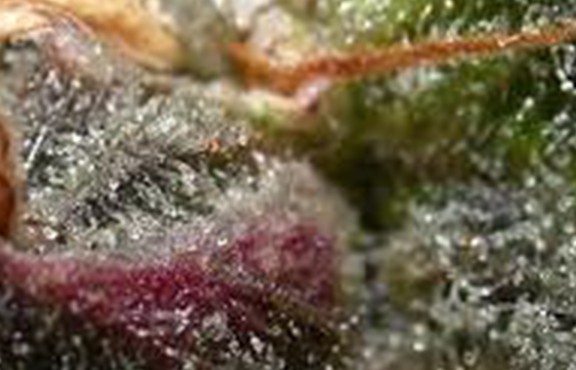There are as many theories on the best ways to prune marijuana plants as there are strains; but all your pruning should follow this one simple rule: Effective pruning can and should direct a plant’s energy into growing the biggest and most resinous buds possible.
Before you start hacking away at your marijuana plants, you need a plan of attack. How you decide to prune your plants will depend largely on the growing method you chose and the size and shape you desire. Not all pruning methods are appropriate for ever growing technique. The sea of green method is going to require a much different pruning approach than lollipopping, super cropping or growing monster plants outdoors.
The art of pruning marijuana takes time, practice and careful planning; but it can be reduced to two basic types: pruning to minimize branching, and pruning to stimulate branching. First the latter.
Giraffe Plants
Tall plants waste energy growing all that stem. They waste even more energy pumping water and nutrients all that distance to the top. The ends of the branches are where the buds grow largest. You want to make it as easy as possible for nutrients to supply those buds. Moreover, because of the inverse square law and leaf shading, very little light is even reaching the lower branches. This means that th lower area of the plant is little more than wasted space.
If you plan ahead, there are several methods you can use to prevent marijuana plants from becoming too tall. Increasing light, decreasing temperatures, training, and the use of hormone additives such as Bush Master can all be effective ways to prevent marijuana plants from growing tall and spindly.
Topping
You can also limit the height of plants with the pruning method called topping. To top a plant, simply pinch or cut off the top shoot just above a lower pair of nodes. The plant will now divide its energy into creating multiple tops from the remaining nodes and lower branches. You can top again later to turn each two new tops into four, and again, turning four into eight if desired. By topping in this manner, you reduce plant height and limit perpendicular growth. Because the branching occurs near the top of the plant, these new tops will get intense light and produce multiple medium size buds, instead of one large bud. While it can be fun to grow huge colas, they are susceptible to botrytis and tend to fall over if not properly supported. Because multiple tops can be trained to spread out, they can absorb more light and may produce greater yield.
Bush Monsters
Plants with excessively dense growth, called bush monsters, use a ton of energy to grow and maintain their maze of branches. Outdoors, bush monsters can produce huge harvests; but they are poorly suited for indoor growing. Because the plant’s energy is being divided in many different directions, the buds are all likely to remain small and sparse. Due to poor light penetration, interior branches will drain plant resources with minimal yield. Bushy plants also reduce airflow and trap humidity under the canopy, creating an environment hospitable for insects and fungi such as powdery mildew and botrytis. These pests are more difficult to control with spraying, due to the plant’s dense foliage.
Thinning Branches
To prevent bush monsters and optimize your plant’s productivity, carefully select which branches to promote into big bud yielders and which branches to remove. The number of branches you grow to maturity should match the size of the available growth area and the strength of the root system. Plants grown with very little space to branch out, as in the Sea of Green method, may require that all but the main stem be removed. On the other hand, outdoor plants or indoor plants with room to spread out may only require the pruning of the lower, shaded branches.
Avoid Excessive Pruning
Excessive pruning causes stress and should be avoided. Do not prune without areason. Every time you make a cut, the plant must spend energy to heal itself. This is energy taken away from growing and flowering. Prune only what needs pruning.
Bugs and Pests
Every cut you make exposes the plant to infestation by insects and fungi. Plants use even more energy to fight off these pests than to heal from pruning. Some articles and forums suggest the use of tree wound sealer. It makes sense that a product used on trees would work just as well on marijuana plants. However, significant scientific research has proven that commercially available tree wound sealers are purely cosmetic and do not help the plant heal at all. In fact, these products can actually slow down the healing process. If a cut is showing signs of infestation, be sure to remove the infested area immediately and treat with a fungicide or bug treatment.
Stop the Bleeding
Avoid pruning in a way that makes the plant bleed. When possible, it is better to pinch off leaves and branches than to make a clean cut. Fingernails crush the cells rather than slice through them. This reduces the plant’s bleeding and facilitates healing. If your fingernails are not up to the task, try using a sterile but dull pair of wire cutters or needle nose pliers. If you have ample time, the very best method is to pinch or bend a branch just until it dangles, then leave it dangling for a day before removing the branch. This gives the wound time to heal without fully exposing it. Not all growers have the time for this approach.
There is much more to pruning, but these are the essentials. If a picture is worth a thousand words, then a demonstration video should yield volumes. We are working on a few more of those so check back soon.





